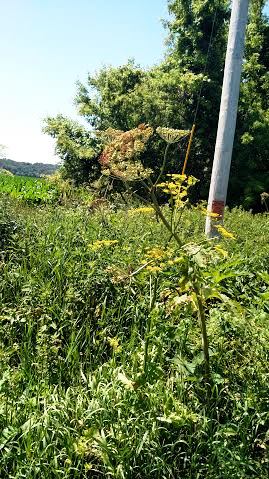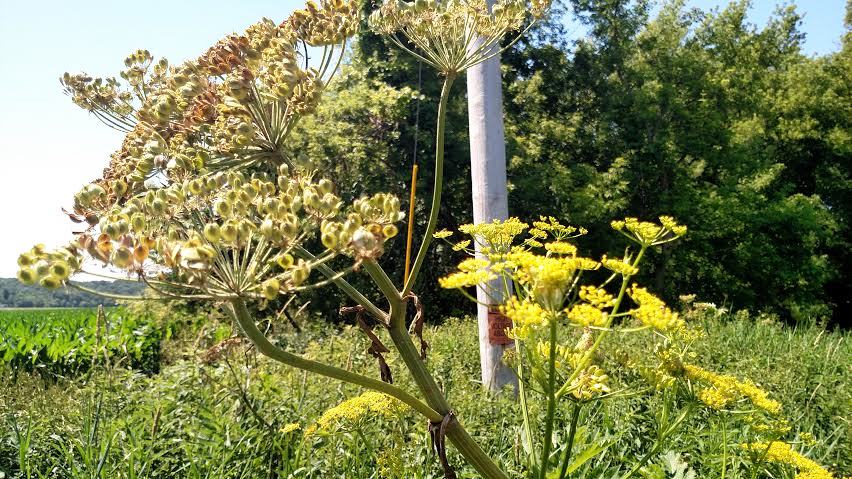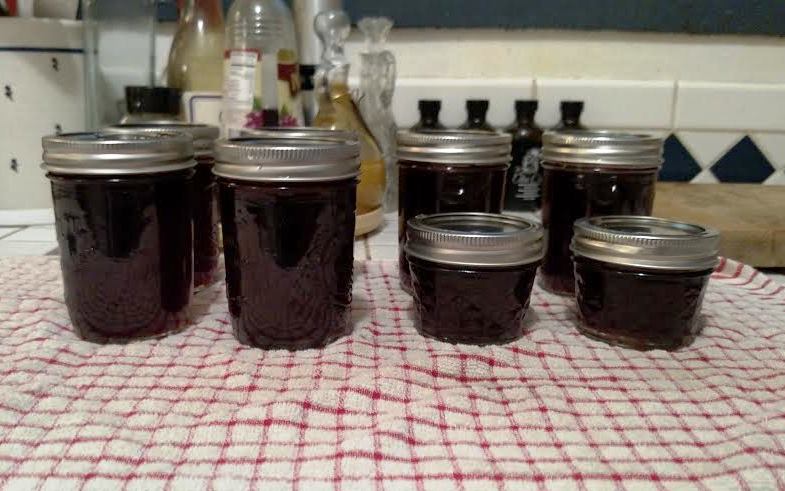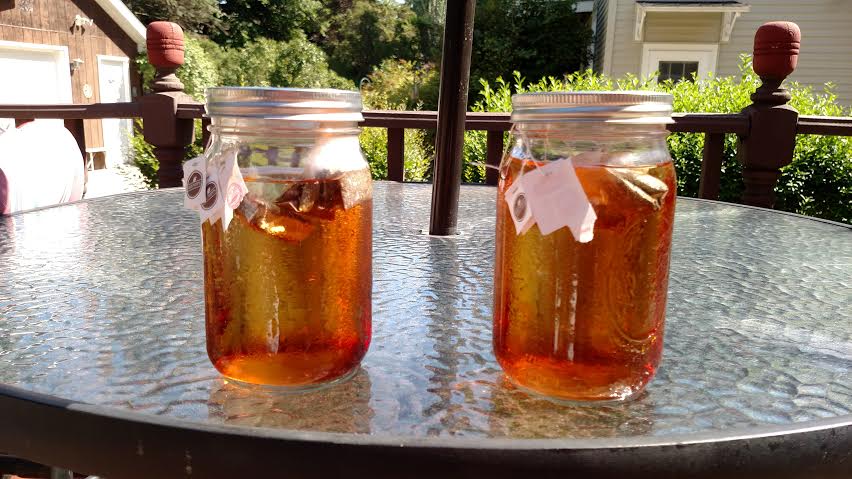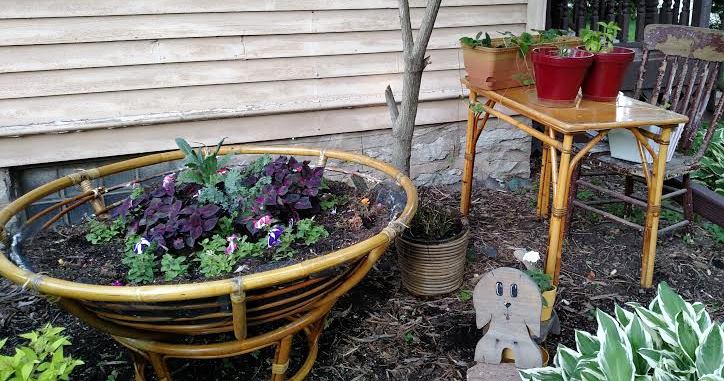It’s pervasive; in fact, it’s invasive. Here’s a closer look.
This, my friends, is wild parsnip. It reminds me of dill, and it’s kind of pretty. But when I showed a young ecologist this picture, he quickly exclaimed, “You didn’t touch it, did you?!” Luckily, I hadn’t.
Wild parsnip flowers produce an oil that stings and burns and even scars. Similar to poison ivy, we asked? Much, much worse, he responded. The flowers react with sunlight, so if the park rangers or farmers or gardeners want to get rid of it, they need to cover up, hazmat style. With gloves to protect hands and goggles to protect the eyes, devoted environmentalists will go out after dark and bag up the plants.
With a little more research on my own, thanks to the wonders of the Internet, I learned that the wild parsnip was brought to this country from Europe and planted for its edible roots. It spread like wildfire, er, wildflowers. Heck, look back at the pictures, and you can see how many seeds it produces. This plant wants to reproduce!
The moral of my story is this: if you encounter the dreaded wild parsnip, leave it alone. If you’re confident that you can handle it, come out at night in your hazmat suit and dispose of the floral monster. Don’t compost it or toss it in with your brush pile; that’s just another opportunity to spread the seeds upon the land.

